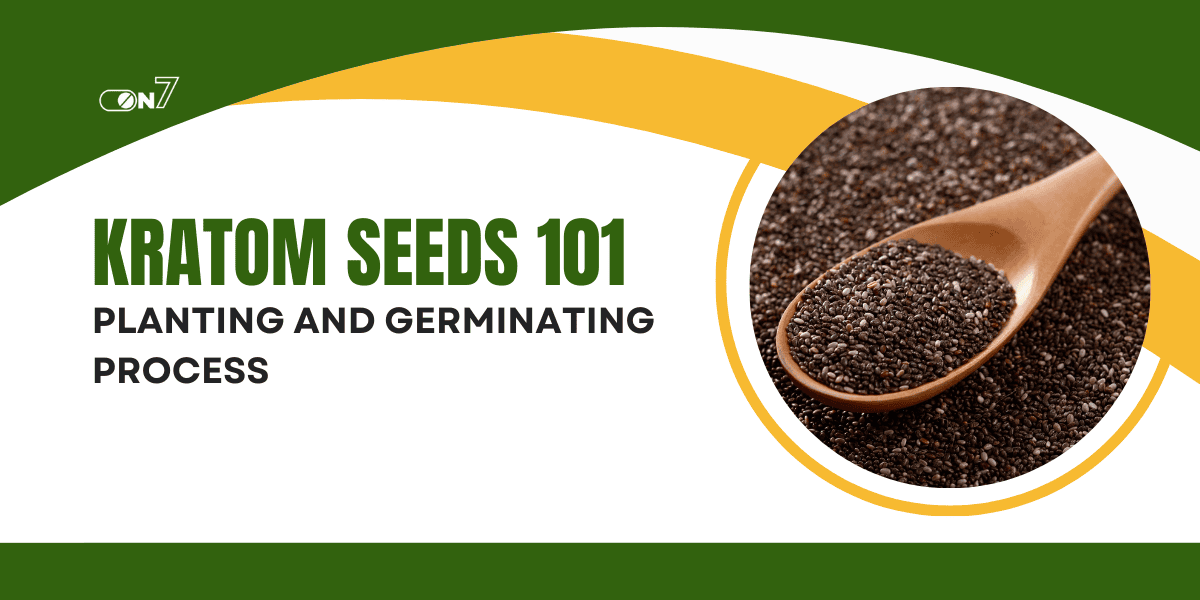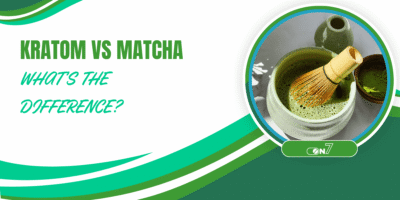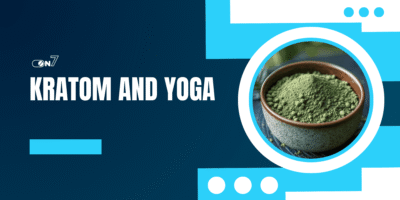Mitragyna Speciosa, commonly known as kratom, is a tropical tree native to Southeast Asia. It is known for its unique alkaloid-rich leaves, which mainly contain mitragynine and 7-hydroxymitragynine. Most people consume it in powder form; however, other innovative ways are also very popular these days, such as pressed tablets, capsules, extract, and shots.
Only a few people understand the fascinating process of growing kratom from seeds. This article will cover everything you need to know about kratom seed selection, germination, and harvesting on your own.
Understanding Kratom Seeds: Viability and Challenges
Seed Viability Concerns
Germination of kratom is most challenging compared to other botanical seeds. The most common reasons are rapid oxidation when exposed to air, an extremely short viability period, and specific humidity and temperature requirements. Kratom seeds can only be germinated just after maturation. Genetic variability differs among seeds from the same pod.
A lot of people do not know that freshness is everything with kratom seeds, as if they are more than a week old, the germination percentage is below 5% while fresh seeds can have a success rate of 70%.
Identifying Quality Seeds
While sourcing kratom seed, one should look for a recent harvest within 2 weeks maximum, and a proper shipping process including controlled temperature and humidity.
Always choose a reputable vendor with tropical plant expertise. A good quality seed should be plump, light brown in colour, without any cracks or mold.
Optimal Germination Conditions and Setup
Creating the Perfect Environment
Kratom seeds require a specific condition to germinate, such as:
- An ideal temperature should be 75-85°F. To germinate kratom seeds, it must mimic the native tropical climate.
- Humidity should be 85 – 100% to prevent seed desiccation.
- To support photosynthesis, indirect bright light is needed.
- Sphagnum moss or fine vermiculite is necessary to retain moisture while also allowing air flow.
Step-by-Step Germination Process
- Start by preparing planting containers by sterilizing them with a 10% bleach solution. Add moist sphagnum moss with distilled water, pH 5.5 to 6.5. Create a mini greenhouse using plastic domes or bags.
- Plant surface-sow seeds (do not bury). Gently press into the growing medium and mist with water containing mild antifungal, like camomile tea.
- Maintain constant temperature and humidity. To avoid disturbing seeds during germination, provide 12 to 16 hours of indirect light daily.
- During the first 14 days, you will see some signs of germination. In 3 to 4 weeks, the first few leaves will appear, and in the 2nd month, it will be ready for transplantation.
Post-Germination Care and Early Growth
One seedling has 2-3 sets of true leaves. Choose containers with well-draining acidic soil of pH 5.5 – 6.5 and maintain high humidity through gradual acclimatization.
Maintain a temperature of above 60°F, humidity 70% for the first 6 months, and keep moisture but not waterlogged. Use bright indirect light. You can use supplements with grow lights in a non-tropical climate. Must add diluted and balanced fertilizer every 3 months.
Harvesting and Processing Kratom Leaves
For the first harvest, opt for selective leaf picking. After more than 5 years, you can do mature harvesting systematically. The best time to harvest is the dry season.
After harvesting, you can either do sundrying, which is a traditional method, or use a dehydrator at a lower temperature. Indoor drying with air circulation is also preferred.
Curing techniques are also used for certain vein colours, such as fermentation, aging process, grinding, and storage.
Common Challenges and Solutions
1. Germination Failures
Old seeds often cause germination failures. One must buy from reputable suppliers with recent harvest dates.
2. Seedling Damping Off
Fungal issues in high humidity also cause damping off in seedlings. For right germination, you need better air circulation and antifungal treatments.
3. Slow Growth
An incorrect pH level or nutrient balance also causes slow growth of plants. Must add acidic fertilizers and test your soil regularly.
4. Pest Management
Spider mites, aphids, and scale cause plant damage. You can use neem oil, insecticidal soaps, and beneficial insects.
Legal and Ethical Considerations
Legal Status
Kratom seeds are federally legal in the US but banned in some states. Legality laws related to kratom are different all around the world. Do research on your local regulations before buying. Some jurisdictions restrict the cultivation of kratom in some areas.
Sustainable Practices
One must choose ethical suppliers for seed sourcing. Avoid wild collection impact and support conservation efforts.
Is Growing Kratom From Seeds Right For You?
The Realities of Home Cultivation
Home cultivation requires time investment. Patience of 2 to 3 years is a must before the first harvest. It also requires space to mature trees, a climate control system, especially for non-tropical regions, and advanced gardening skills.
Alternative Options
Starter plants are available at specialty nurseries, which you can buy instead of seeds. Cutting propagation is faster than starting from seeds, but still challenging. There is another option of tissue culture, which helps in mass production.
Conclusion
Growing kratom from seeds is a challenging process that requires hard work and patience. It is tough but potentially rewarding, especially for dedicated botanical enthusiasts. While commercial production remains concentrated in Southeast Asia, successful home cultivation is possible with the right knowledge, conditions, and patience.
You May Also Like:





